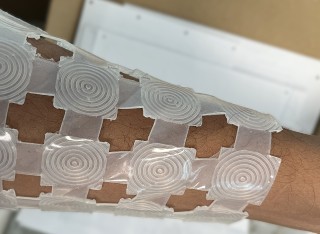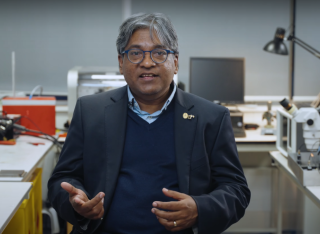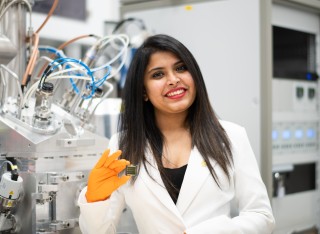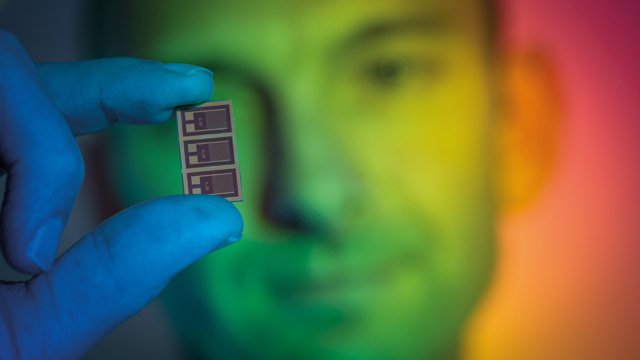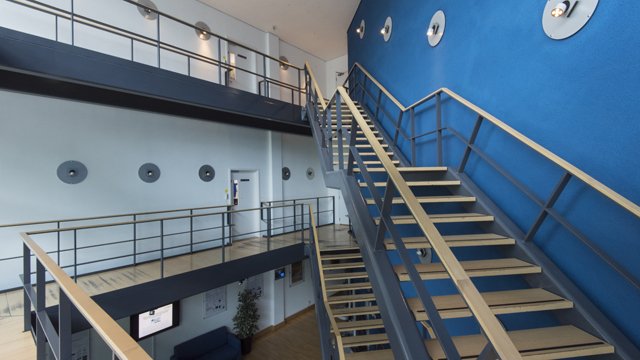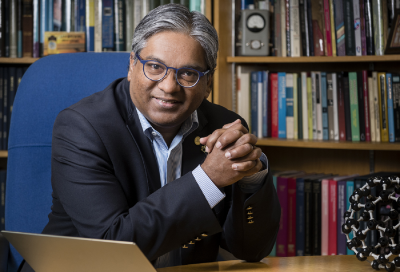Advanced Technology Institute
We are one of the University's world-leading research centres. We bring together researchers with an international outlook in quantum information, nanotechnology, energy and advanced materials.
ATI newsletter December 2023
What we have to offer
We have a wide range of facilities here which our members use to work on cross-cutting themes, addressing the “grand challenges” in energy, healthcare, information technology, sustainable technology and more generally, technologies associated with “quality of life”.

Study with us
Industry needs graduates with up-to-date skills and the ability to expand and develop their products. Industries engaged in nanotechnology and nanomaterials research and development are no different.
Meet our people
Professor Ravi Silva
Director, Advanced Technology Institute (ATI) Interim Director, Pan University Institute for Sustainability and Head of NanoElectronics Centre


